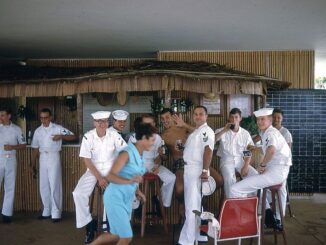
Survivors of Israel’s attack on USS Liberty to hold Memorial June 6 – 9, 2022
![]()
Survivors of Israel’s strike on USS Liberty commemorate 55th year Survivors of the brutal Israeli attack on the U.S.S. Liberty communications ship that took place […]

![]()
Survivors of Israel’s strike on USS Liberty commemorate 55th year Survivors of the brutal Israeli attack on the U.S.S. Liberty communications ship that took place […]
Copyright © 2024 | WordPress Theme by MH Themes